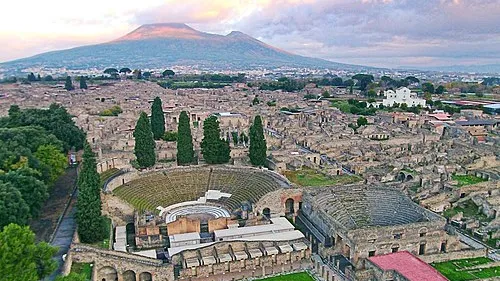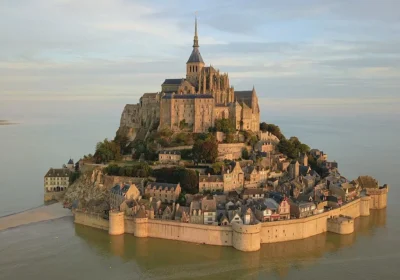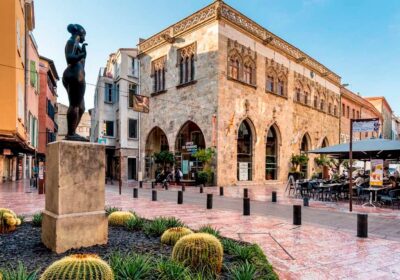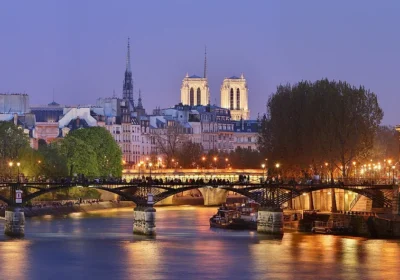A typical detailed tour lasts from 6 hours, you can shorten the tour to a minimum of 3 hours and see only the main sights.
WARNING: the city is located in the open air, move around it only on foot. In summer in Naples is high temperature, the excursion is better to book in the early morning or afternoon, be sure to bring water and hats.
Pompeii – as you know was buried under a multi-metre layer of ash during the eruption of Vesuvius. Nowadays the city is a huge open-air museum, since 1997 it has been inscribed on the UNESCO World Heritage List.
The city was founded by the Oscians in the 6th century. The city’s name is derived from the Osko pumpe – five, as the city was formed by the amalgamation of five smaller settlements. Another version of the origin of the name is Greek, from the word pompe – triumphal procession. According to this legend, the city was founded by Heracles, who after defeating Herion solemnly marched through these places. At different times the city was ruled by Greeks, Etruscans and Samnites. The city occupied an important place on the trade route between ancient Rome and southern Italy. Many noble Romans had villas on the territory of Pompeii. In 62, an earthquake occurred which caused considerable damage to the city. On 24 August 79, Vesuvius awakened. The volcano threw out of its bowels thousands of tonnes of ash and lava mass. Pompeii, Stabiae and Herculaneum were destroyed. Approximately 16,000 people died. In 1748, excavations of Pompeii began. The leaders of the excavations were only interested in finds that were of artistic value. At that time everyone was sure that the excavated city was Stabii. In 1763 an inscription on a pedestal was discovered and the city was identified as Pompeii. In 1870, it was discovered that voids were forming where the bodies of dead people had been. The voids were filled with plaster and the death postures of the victims of the disaster were recreated. Since 1960, only restoration work has been carried out in the excavated area.
In Pompeii you can see:
Maritime Gate, Temple of Apollo, Basilica, Forum, public buildings, marketplace, Eumachian Building, Temple of Vespasian, Macellum, Antiquarium, Temple of Jupiter, House of the Tragic Poet, Thermaeum, Temple of Fortuna Augusta, House of Faunus, Thermopolis, House of Vettius, Aqueduct, Lupanarium (brothel), Street of Abundance, Palaestra, Great Theatre, Gladiator Barracks. Small Theatre or Odeon, House of Ceia, House of Menander, Cloth Factory, Thermopolium of Azelina, House of Pacvius Proculus, unexcavated Pompeii, Refugee Garden, Amphitheatre, Necropolis, House of Sallustius, Bakery, Herculanean Gate, Villa of Cicero, Villa of Diomedes, Caravanserai, Street of Tombs, Villa of the Mysterium.

















